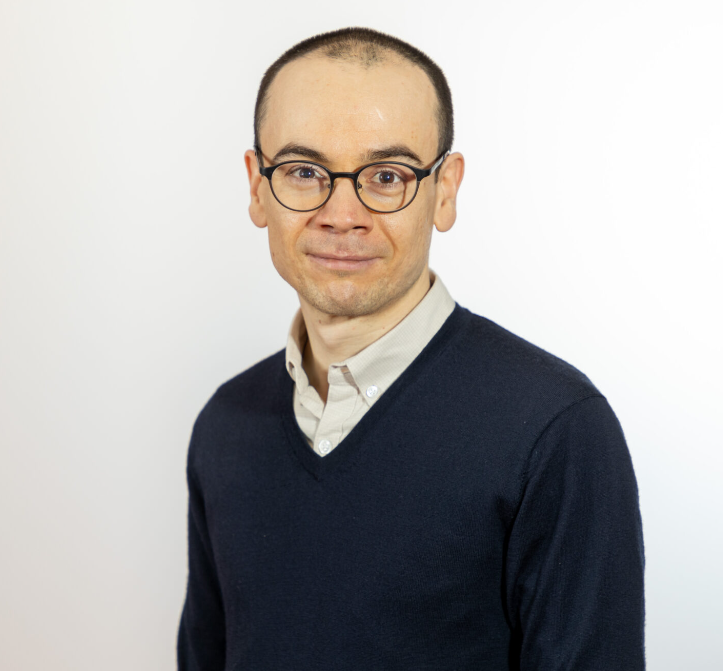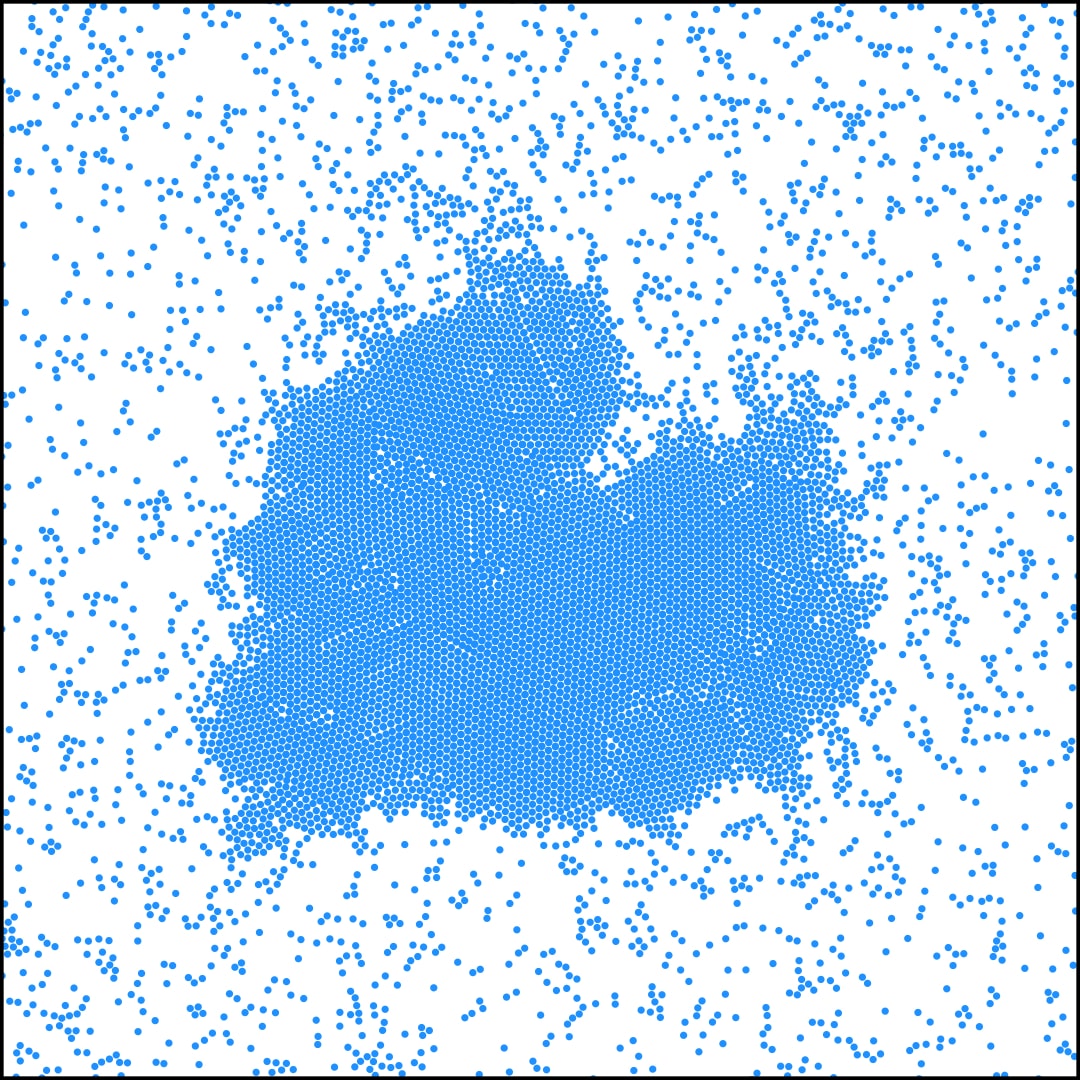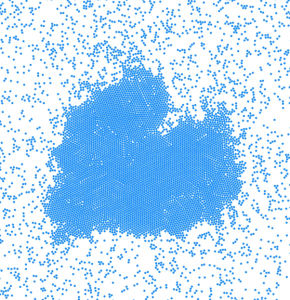Imagine a world where your skin repairs itself with the fluidity of water, or where a subtle intervention, rather than a forceful jolt, can guide a faltering heart back to its rhythmic beat. This might seem like science fiction, but for Assistant Prof. Etienne Fodor, a researcher in the Department of Physics and Materials Science at the University of Luxembourg, it’s the captivating domain of active matter.
Step aside traditional solids, liquids, and gases. Prof. Fodor and his team are delving into systems that are alive or exhibit life-like energy like bacteria colonies, thriving cell communities, and even some fascinating synthetic microswimmers.
A central focus of Prof. Fodor’s theoretical research is understanding how collective behaviours emerge. How do individual entities, whether single cells or microswimmers, interact to form larger, organised structures and functions? Think of the different states of water: individual H₂O molecules can organise to form a flowing liquid, a rigid solid (ice), or an airy gas. Prof. Fodor poses similar questions about active matter, investigating “phase transitions” where a collective of living units undergoes some drastic dynamical and structural changes between different states. For instance, this can be observed when a biological tissue transitions from a solid-like structure to a flowing liquid during wound healing.
This research extends beyond abstract theory, holding potential applications, particularly in medical science. Take the human heart for instance: it’s a marvel of coordinated cellular activity, where individual cells contract in unison to create a life-sustaining rhythm. When this rhythm breaks down, such as during a heart attack, disorganised spiral waves of contraction may replace the normal beat. Current emergency treatments often involve a powerful electric shock to reset the heart. Prof. Fodor’s research aims for a more refined and energy-efficient approach. He explains, “Our hope is to delineate strategies that are much gentler, meaning they require less energy, to respond to these kinds of issues”.
‟ Our hope is to delineate strategies that are much gentler, meaning they require less energy to respond to these kind of issues.”

Assistant professor and senior research scientist
A significant achievement of Prof. Fodor and his team was published in their paper, and highlighted in the magazine Physics by the American Physical Society. In this work, they achieved a major breakthrough. For the first time, they were able to predict the optimal duration during which one should apply a perturbation — such as compressing the system or changing its temperature — to shift an active system (like cells or microswimmers) from one state to another using the least possible amount of energy. This marks a crucial step toward the precise and gentle manipulation of biological systems. Looking ahead, Prof. Fodor is tackling an even more intricate challenge of controlling systems through phase transitions, analogous to transforming liquid water into solid ice.
The research conducted by Prof. Etienne Fodor at the University of Luxembourg is at the forefront of understanding the fundamental principles of active matter. His work on energy-efficient control and his exploration of phase transitions in active systems is the first step toward medical treatments which gently influence the intricate dynamics of life.
More information
Prof. Etienne Fodor leads the research group Physics of Active Matter within the Department of Physics and Materials Science.
-

Physics of Active Matter
Further reading:
Active Matter under Control: Insights from Response Theory | Phys. Rev. X
Physics – Smooth Control of Active Matter
Project funded under the FNR grant ATTRACT.
